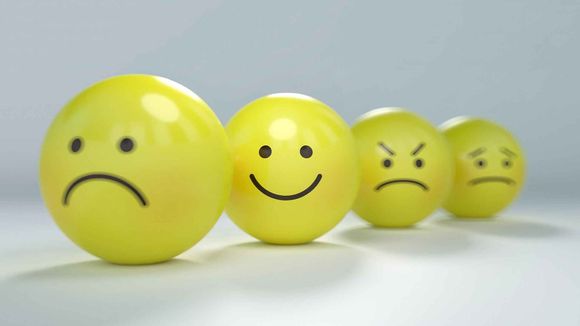What is an anxiety disorder
Anxiety disorder is among the most common diseases associated with our mental health. The condition is characterized by constant and strong anxiety about various things of everyday life, and usually it looks excessive and can not be controlled by the suffering person.
In the U.S. alone, different types of anxiety disorder affect about 40 million of the population over the age of 18, or as many as 18.1% [ref. 1] Recently, more and more studies have reported an alarming rate of increase in the incidence of these diseases, especially among young adults and teenagers, who are increasingly reporting anxiety and other conditions such as depression.
Are young people becoming more anxious
The subject of this article is a specific study that focuses precisely on the problem of increasing cases of anxiety among the younger population. It covers the period between 2008 and 2018 and tracks the trend of anxiety in young Americans between the ages of 18 and 25. In addition, the purpose of the study is also to gather data on whether certain sociodemographic groups are more prone to developing this condition.
The study was published in the journal Journal of Psychiatry Research [ref. 2] .The data analyzed were obtained from the National Survey on Drug Use and Health and are the result of a questionnaire designed to measure anxiety in the last 30 days before completing it. In other words, participants report how they feel by answering the question "How often have you felt nervous in the last month" with one of five pre-set options. Participants were then categorized into different groups according to gender, age, marital status, education level, annual income, and racial background.
The results showed that the overall anxiety rate rose from 5.12% to 6.68% over the period from 2008. Interestingly, the most serious trend is seen to be a rise in the percentage of participants categorised as alarming in the age range between 18 and 25 years, with the rate almost doubled (from 7.97% in 2008 to 14.66% in 2018).
Some of the other categories of study participants analysed observed the following trends:
- Anxiety has increased in both men and women, but by roughly the same percentage;
- Low-income adults (under $20,000 a year) show higher anxiety;
- Singles are also more anxious by about 4% as opposed to married people;
- The comparison by level of education showed that the slightest increase in anxiety was observed in the group that did not complete their high school education.
Overall, the study confirmed that there was a significant increase in anxiety among the young, especially those between the ages of 18 and 25. It does not, however, focus on the causes of this worrying trend.
Still, the authors point to stress and the constant use of social media as probable triggers, but also other factors such as financial situation, support from loved ones and isolation. The latter is particularly relevant in the situation of a global pandemic of Covid-19. They also comment that during these years of people's lives are key to unlocking certain mental health-related diseases. Moreover, anxiety and stress have been shown to alter brain development, which does not end until the age of 25. Also anxiety is considered a precursor to developing other more serious mental illnesses such as depression.








